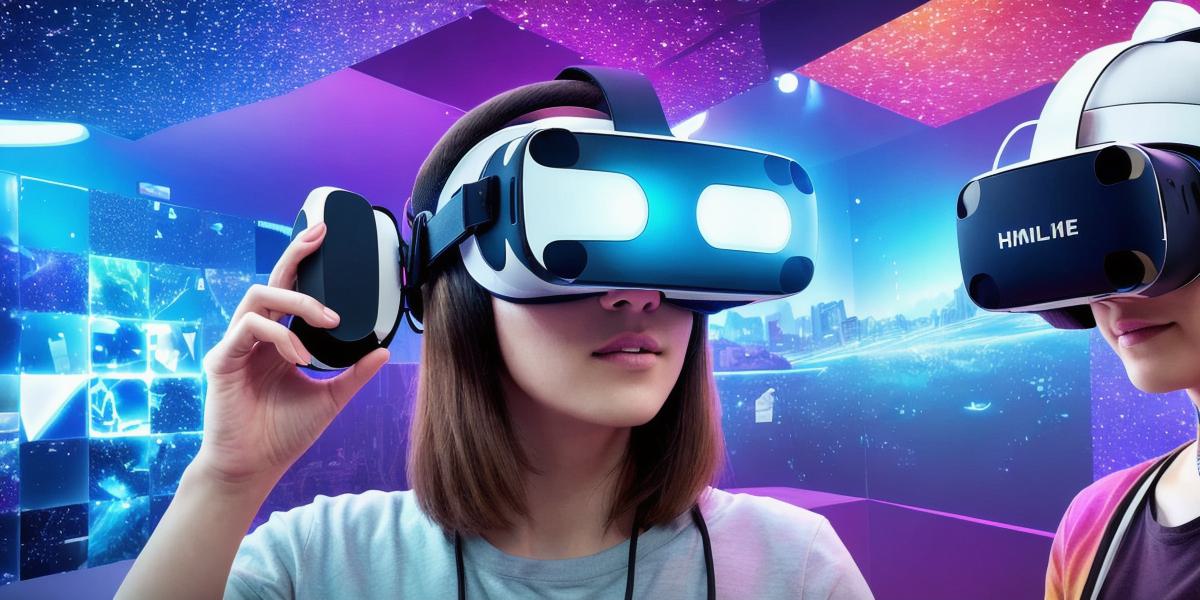Virtual reality (VR) is a simulated reality that allows users to experience immersive environments and interact with virtual objects. It has been around for decades, but in recent years it has become increasingly popular, thanks to advancements in technology and the rise of gaming platforms like Oculus and HTC Vive. In this article, we’ll explore some of the top questions about virtual reality, including what it is, how it works, and its potential applications.
What Is Virtual Reality?
Virtual reality is a simulated environment that is created using computer technology. It can be experienced through a headset or other wearable device that tracks the user’s movements and adjusts the virtual environment in real-time. The idea behind VR is to create an immersive experience that feels as if the user is physically present in the virtual world.
How Does Virtual Reality Work?
Virtual reality works by combining computer graphics, sensors, and headsets to create a realistic, interactive environment. The headset uses cameras and sensors to track the user’s movements, such as their head position and hand gestures. This information is then used to adjust the virtual environment in real-time, creating an immersive experience that feels as if the user is physically present in the virtual world.
Potential Applications of Virtual Reality
Virtual reality has a wide range of potential applications across various industries. In gaming and entertainment, VR provides users with a highly immersive gaming experience that can transport them to new and exciting worlds. In education and training, VR can be used to simulate real-world scenarios, such as medical procedures or military operations, allowing users to practice and improve their skills in a safe and controlled environment. In business and marketing, VR can be used for product demonstrations, virtual meetings, and even interactive advertising campaigns.
Real-Life Examples of Virtual Reality
There are many real-life examples of virtual reality being used in various industries. For example, in the medical industry, VR is being used to simulate surgical procedures, allowing doctors and students to practice and improve their skills in a safe and controlled environment. In the automotive industry, VR is being used for product demonstrations and even virtual showrooms, allowing customers to experience a car’s interior and features in a more immersive way.
FAQs
- What kind of devices are needed for virtual reality?
Virtual reality typically requires a headset or other wearable device that tracks the user’s movements and adjusts the virtual environment in real-time. In addition, a computer with sufficient processing power is also required to generate the graphics and run the software. - Is virtual reality safe?
While virtual reality is generally safe, there are some potential risks, such as motion sickness or eye strain. It’s important for users to take breaks and follow safety guidelines when using VR. - What kind of content is available in virtual reality?
Virtual reality content can range from games and entertainment to education and training, business and marketing, and even medical procedures. There is a wide range of content available across various industries.
Summary
Virtual reality is an exciting technology that has the potential to revolutionize many industries. With advancements in technology and increasing popularity, virtual reality will continue to evolve and expand its applications in the coming years. Whether you’re a gamer or a professional in another industry, virtual reality offers an immersive and engaging experience that can enhance your work and personal life.
